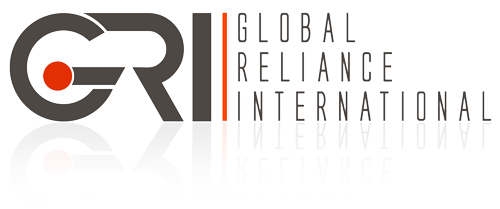Root cause analysis (RCA) is a systematic process for identifying “root causes” of problems or events and an approach for responding to them. RCA is based on the basic idea that effective management requires more than merely “putting out fires” for problems that develop, but finding a way to prevent them.
RCA helps organizations avoid the tendency to single out one factor to arrive at the most expedient (but generally incomplete) resolution. It also helps to avoid treating symptoms rather than true, underlying problems that contribute to a problem or event. While RCA is used in a generic sense, there is an implication that a methodology is used in the analysis.
Implementing RCA will help the agency:
- Identify barriers and the causes of problems, so that permanent solutions can be found.
- Develop a logical approach to problem-solving, using data that already exists in the agency.
- Identify current and future needs for organizational improvement.
- Establish repeatable, step-by-step processes, in which one process can confirm the results of another.
Principles:
- Focusing on corrective measures of root causes is more effective than simply treating the symptoms of a problem or event.
- RCA is performed most effectively when accomplished through a systematic process with conclusions backed up by evidence.
- There is usually more than one root cause for a problem or event.
- The focus of investigation and analysis through problem identification is WHY the event occurred, and not who made the error.
Root cause analysis is not a one-size-fits-all methodology. There are many different tools, processes, and philosophies of accomplishing RCA. The nature of RCA is to identify all and multiple contributing factors to a problem or event. This is most effectively accomplished through an analysis method. Some methods used in RCA include:
- The “5-Whys” Analysis” — A simple problem-solving technique that helps users get to the root of the problem quickly. It was made popular in the 1970’s by the Toyota Production System. This strategy involves looking at a problem and asking “why” and “what caused this problem”. Often the answer to the first “why” prompts a second “why” and so on—providing the basis for the “5-why” analysis.
- Barrier Analysis — Investigation or design method that involves the tracing of pathways by which a target is adversely affected by a hazard, including the identification of any failed or missing countermeasures that could or should have prevented the undesired effect(s).
- Change Analysis — Looks systematically for possible risk impacts and appropriate risk management strategies in situations where change is occurring. This includes situations in which system configurations are changed, operating practices or policies are revised, new or different activities will be performed, etc.
- Causal Factor Tree Analysis — An investigation and analysis technique used to record and display, in a logical, tree-structured hierarchy, all the actions and conditions that were necessary and sufficient for a given consequence to have occurred.
- Failure Mode and Effects Analysis — A “system engineering” process that examines failures in products or processes.
- Fish-Bone Diagram or Ishikawa Diagram — Derived from the quality management process, it’s an analysis tool that provides a systematic way of looking at effects and the causes that create or contribute to those effects. Because of the function of the fishbone diagram, it may be referred to as a cause-and-effect diagram. The design of the diagram looks much like the skeleton of a fish—hence the designation “fishbone” diagram.
- Pareto Analysis — A statistical technique in decision making that is used for analysis of selected and a limited number of tasks that produce significant overall effect. The premise is that 80% of problems are produced by a few critical causes (20%).
- Fault Tree Analysis — The event is placed at the root (top event) of a “tree of logic”. Each situation causing effect is added to the tree as a series of logic expressions.




